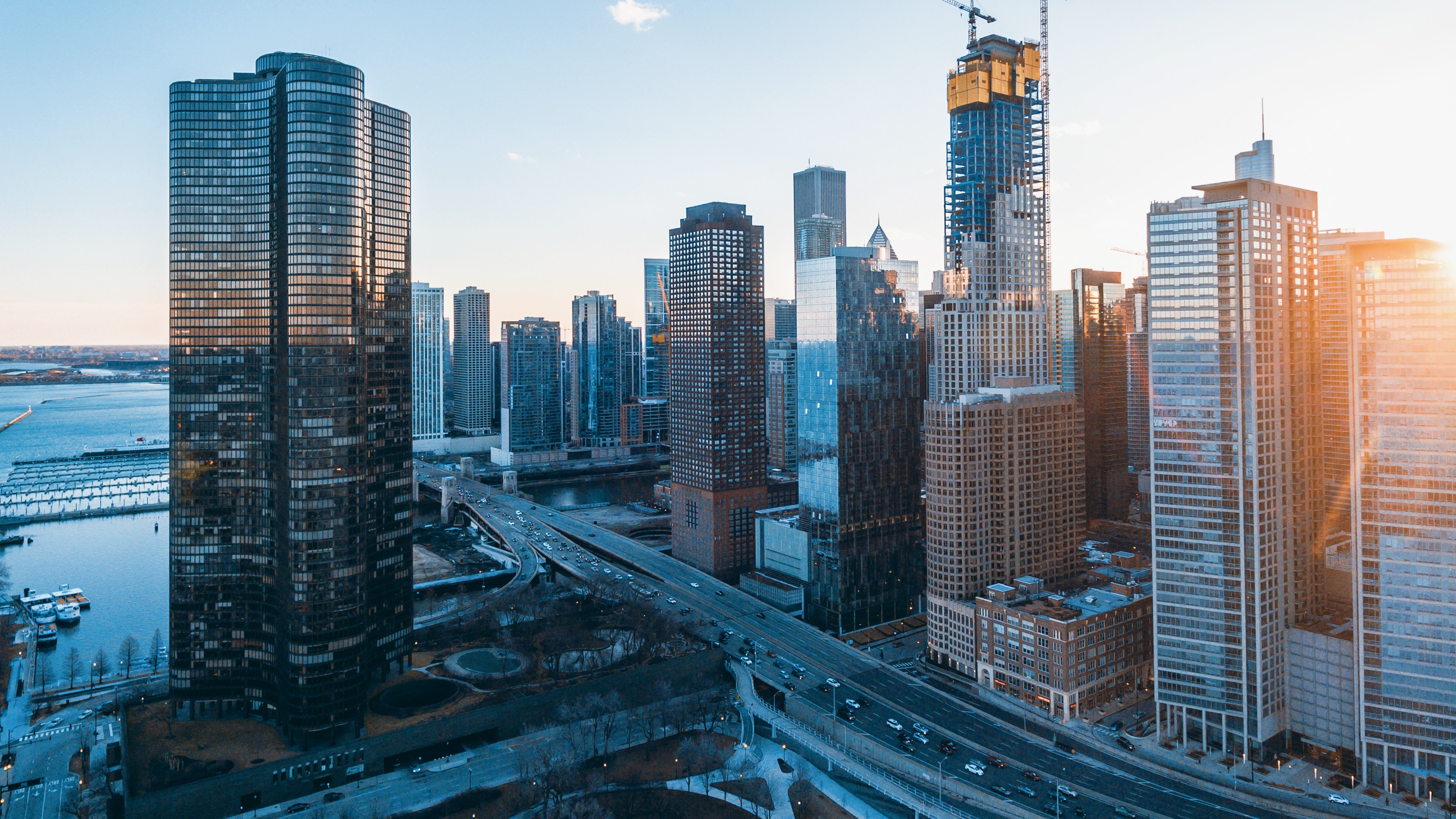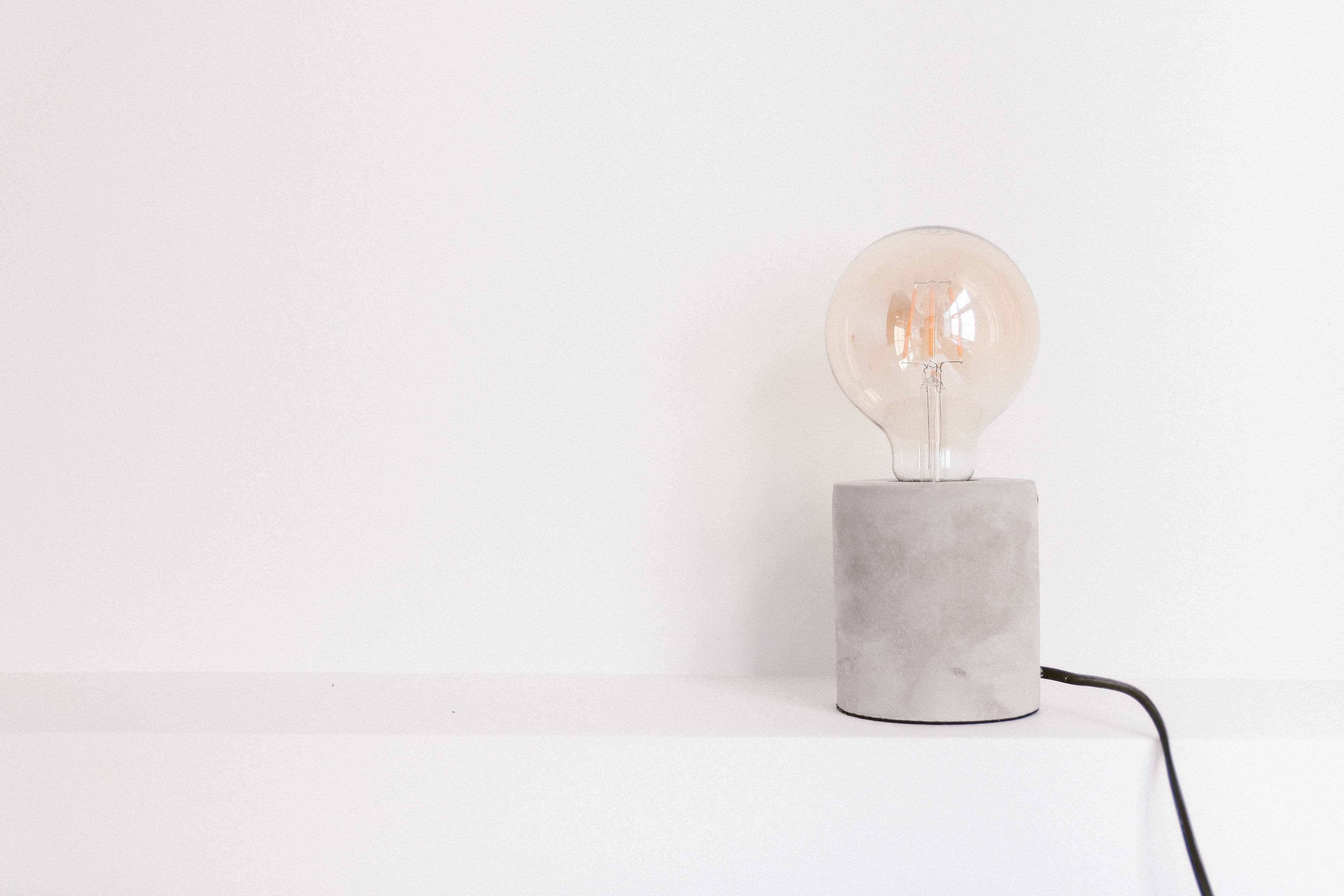From walking to bike lanes to water taxis, there’s no shortage of ways to get around Chicago. Thanks to our public transportation system (which is consistently ranked in the top 10 in the nation), our car traffic isn’t nearly as bad as it could be due to the amount of commuters who take trains and buses. Additionally, the option to work from home during the pandemic has lessened commute times as more workers opt to WFH.
If you do face the possibility of in-person work, it’s important to think about the link between where you live and what your commute will be. Like any large city, traffic (both on transit and by car) varies heavily by time of day – but peaks between 8 – 9:30am and 4 – 6pm for rush hour.
Many Chicago companies are headquartered in or near the Loop – which, incidentally, is named for the circle that the ‘L’ train makes around the area – so this is where we’ll use to estimate typical rush hour commute times.
Read on for typical commute times from a few popular Chicago neighborhoods.
Rush Hour Commute Times from River North, Chicago
Many workers choose River North for its convenience: It’s right on the river and located just north of the Loop. For that reason, many River North-ians walk to work – it’s about 20 minutes or less depending on where you are in each neighborhood. But if you do choose to take car or transit:
- By car: It’s about a 10 minute drive from the condos at 21 E. Huron Street to the heart of the Loop.
- By CTA: From the same location, your commute would be 15 minutes via the Purple or Brown line trains at the Chicago stop.
Average Rush Hour Commute Time from South Loop, Chicago
Depending on the location of your office in the Loop, the South Loop is also a very walkable neighborhood. If you lived at 1516 S. Wabash Ave., you commute times would look like:
- By car: About a 10 minute drive to the heart of the Loop.
- By CTA: About a 10 – 15 minute ride via the Brown and Blue line trains that service the area.
What is the Rush Hour Commute Time from Logan Square, Chicago?
While some city residents choose neighborhoods close to the Loop for the convenience, others opt for the quieter neighborhoods to the north and west. One such neighborhood is Logan Square: filled with tree-lined streets and incredible local dining, the trade-off of this area is the commute time. From 2507 N. Milwaukee Ave., your commute to the Loop might be:
- By car: A 20 – 30 minute drive, depending on where your office is in the Loop.
- By CTA: A 30 minute trip via the Blue line station that’s less than a 10 minute walk from the property.
Lakeview, Chicago Rush Hour Commute Times
Synonymous with Wrigley Field and a true hometown feel, Lakeview is located – you guessed it! – right on the Lake on the north side of the city. If you lived at 3219 N. Seminary Ave., you could expect the following transit times:
- By car: A 12 – 15 minute drive via Lakeshore Drive (one of the prettiest views, if you ask us!).
- By CTA: A 30 – 40 minute commute via the Red, Brown and Purple line trains that service the area.
Each neighborhood has pros and cons when it comes to transit, and each resident’s needs are unique in this area. Our LLCR team would love to partner with you to find a home that fits your commute preferences and needs. Contact us today to start your search!












